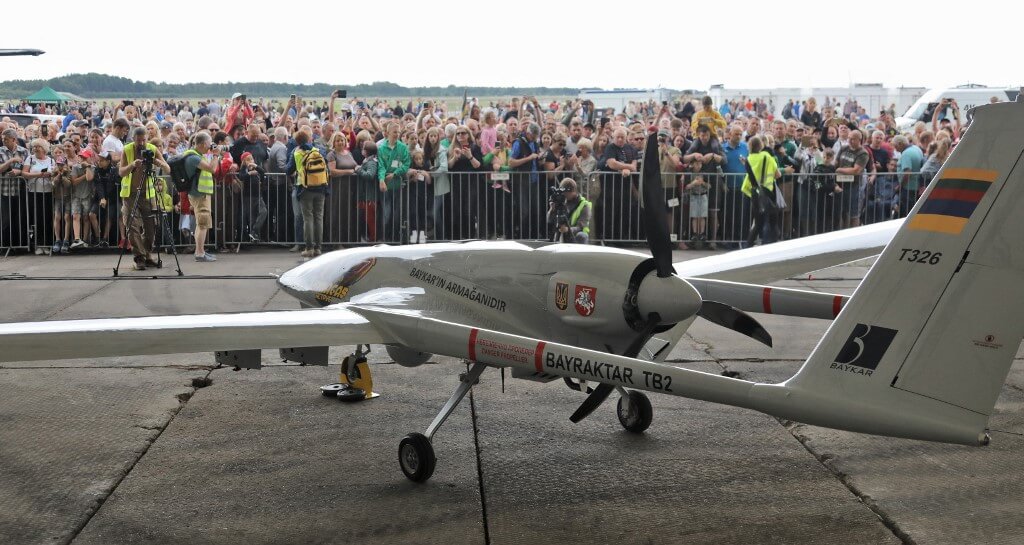The latest report from the Stockholm International Peace Research Institute (SIPRI) shows that Turkey’s share of global arms exports, which was 0.6 percent between 2013 and 2017, increased to 1.1 percent in the following four-year period, Deutsche Welle Turkish service reported on Monday.
According to the report Turkey’s arms exports surged by 69 percent from 2013–17 to 2018–22, while its share of global arms exports increased by 0.5 percent in the same period, making it the 12th largest exporter in the world.
Qatar accounted for 20 percent of Turkey’s arms exports, followed by the UAE and Oman, at 17 percent and 13 percent, respectively.
Turkey was 19th among the world’s largest arms importers, with its arms imports decreasing by 49 percent from 2013–17 to 2018–22. While Turkey’s share of global arms imports was 2.4 percent between 2013 and 2017, it declined to 1.3 percent in the following four-year period.
The report further showed that US arms exports to its NATO ally Turkey were at a low level in the 2018–22 period as a result of increasingly strained bilateral relations. Turkey was the 27th largest recipient of US arms in 2018–22, down from the seventh largest in 2013–17.
According to SIPRI, the world’s five largest arms exporters are the US, Russia, France, China and Germany. While the ranking hasn’t changed since the last report, the US has increased exports by another 14 percent, now accounting for 40 percent of global arms transfers, and France has recorded a surge of 44 percent.
Russia’s arms exports, however, diminished from 22 to 16 percent from 2013–17 to 2018–22, since many weapons that might otherwise have been exported are needed in its ongoing war in Ukraine.
Among the most important trends in the latest report, SIPRI researcher Pieter Wezeman told DW, are that “arms transfers to European states have significantly increased.”
The report shows that in the most recent period, 2018-22, the international arms trade declined by just over 5 percent compared to 2013-17. By contrast, arms imports by European countries — the vast majority of which came from the US — increased by 47 percent and those by European NATO countries by as much as 65 percent. The reason behind that is, unsurprisingly, the Russian invasion of Ukraine, DW said.
Ukraine, which wasn’t a major player in the international arms trade in the past, ranks 14th on the list of worldwide weapons importers. Considering 2022 alone, Ukraine comes in third, according to the report.
SIPRI usually refers to “arms transfers” in its report, meaning both the arms trade and free military assistance, the latter of which is Ukraine’s main supply of weapons. This kind of military aid usually consists of older equipment or surplus stock from donor nations.
